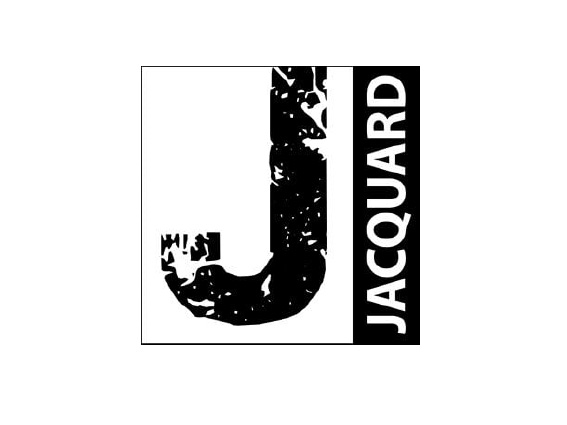Fabric Art
Cyanotype
Cyanotype is an antique photographic process distinctive for producing Prussian blue monochromatic prints. Developed in the mid-19th century, Cyanotype was quickly embraced as an inexpensive method for reproducing photographs, documents, maps and plans etc. Cyanotype printing is a remarkably simple process that employs two inexpensive chemicals. Just place objects or a contact negative over treated paper or fabric and expose to sunlight or another UV light source. Prints can be made on any natural fibre, cotton, silk, wool, paper, wood, etc. The Jacquard Cyanotype Set makes DIY Cyanotype printing as easy as can be. The chemistry comes pre-measured in lightproof black bottles. Simply fill each bottle with water to create Stock Solutions A & B and mix the two in equal parts to create the Cyanotype sensitiser. Coat fabric or paper with the sensitiser and, once dry, create prints by exposing to sunlight or UV (3-15 minutes, depending on conditions), using objects or a film negative to create an image. After exposure, prints are processed in a tray of cool water and allowed to air dry over about 24 hours; prints will oxidize to their final deep blue color. To instantly oxidize the print to its final colour, submerge in a dilute bath of hydrogen peroxide after washing, then rinse and dry.

